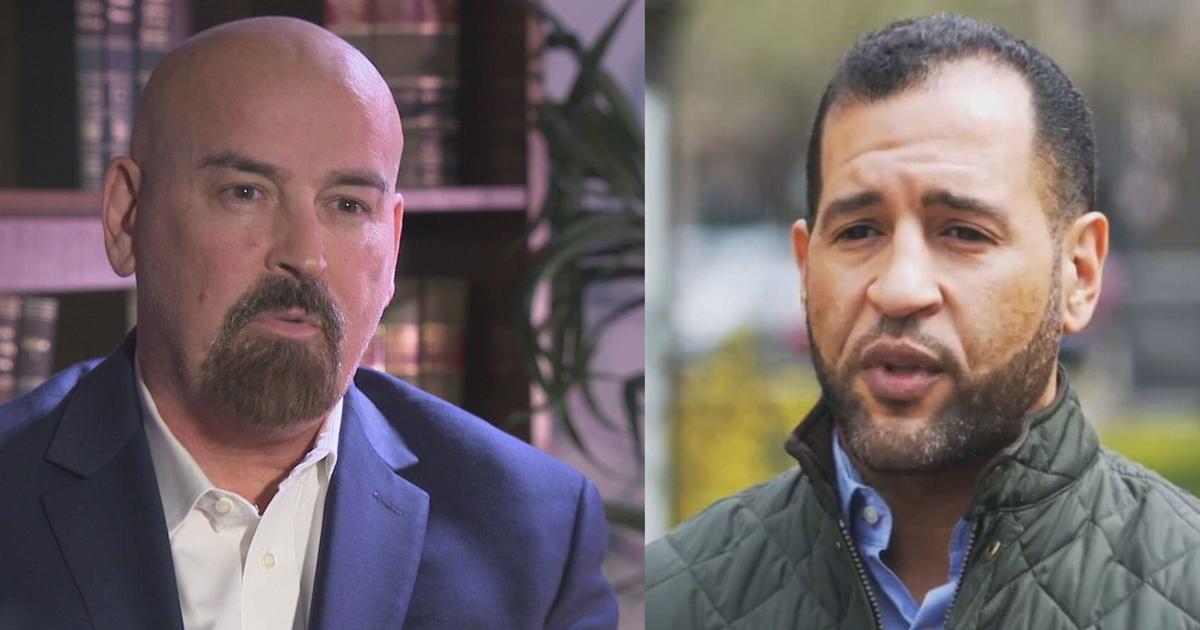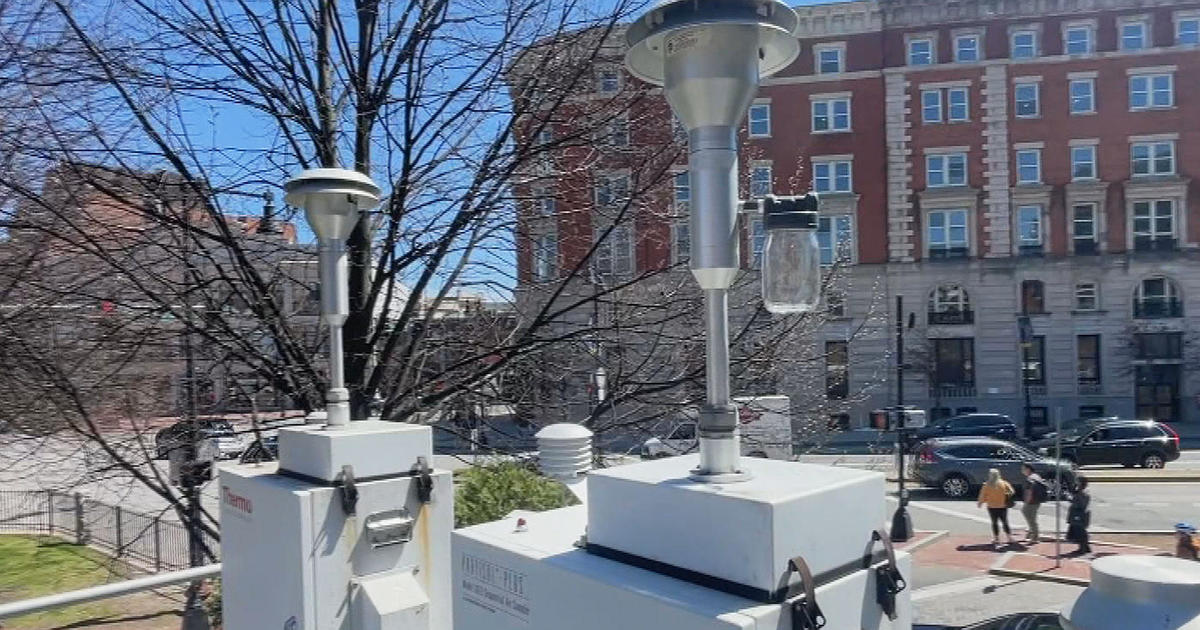I-Team: Undeclared dangerous goods pose risk to cargo ships, crew
BOSTON - Ninety percent of traded goods are shipped by sea and 10% contain what is called dangerous goods, according to the World Shipping Council.
Dangerous goods or hazmat cargo can be anything from explosives and chemicals to paint and lithium-ion batteries. Regulations require a manifest of what is inside the containers that are being shipped and that the goods are properly packed. When the rules are followed, shipments usually arrive safely.
Rich McLoughlin is an engineer and the Head of Maritime Engagement at Safetytech Accelerator a Llyod's Register company. He tells the I-Team ship captains are seeing cargo fires on their vessels roughly occurring at the rate of one a week, and any of these incidents has the potential for significant loss of life, loss of property, and damage to the environment.
Recently, a number of serious incidents on container ships sparked widespread industry concern about the high-risk cargo, and what can be done to make it safer.
Ian Lennard is the president of National Cargo Bureau, a non-profit organization that works with carriers and the Coast Guard. To find out what was causing the ship fires, the organization conducted 500 container safety inspections. Of those 158 were labeled dangerous goods heading to the United States. The dangerous goods containers had a failure rate of 70%. Lennard called it an "enormously high number" that posed serious safety risks to the ship, cargo, and crew.
McLoughlin says some shippers are not following the rules, labeling it "cargo fraud." Telling the I-Team, "people are doing this to save money." It costs more money to ship hazmat goods, so instead of declaring a bicycle as an e-bike, a shipper may leave off the "e" making the shipment cheaper.
Here in Boston, Customs and Border Protection officers are looking for criminal danger. They gave the I-Team an exclusive behind the scenes look at its security that starts before the ships pull into port.
"We have our people overseas in these foreign ports," said U.S. Customs and Border Protection Supervisory Officer Robert LaVita. "We look at the manifest ahead of time, and we feel there may be something in there based on our targeting and our intel that we have, we'll have them open the container in that country before it's even loaded on the ship so it never gets over to here."
Massport says in 2022, nearly 174,000 containers passed through the Conley Terminal, and every one of them was scanned for radiation. Supervisor LaVita, says the radiation could be something as simple as granite countertops, which give off natural radiation or it could be something more sinister like a dirty bomb.
Containers that are singled out for further scrutiny go through an x-ray truck. We watched while the driver of a tractor trailer got out and waited for agents to check the images of what was inside, before giving the all-clear and letting the shipment go.
While law enforcement is doing its part on the anti-terrorism front, some carriers have increased fines for bad shippers who violate the regulations for dangerous goods. Lennard says, "it has to be like oh my God I got caught so there has to be you know ramifications for doing something intentional and doing something malicious."
The National Cargo Bureau says it is planning a second round of container safety inspections in June. Meantime, the industry is taking action to make the ships safer using technology to identify undeclared dangerous goods and detect problems before a fire breaks out.





